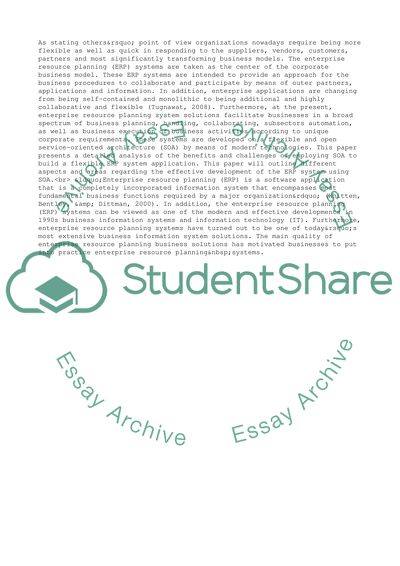Cite this document
(Benefits and Challenges of Using SOA to Build a Flexible ERP System Research Paper, n.d.)
Benefits and Challenges of Using SOA to Build a Flexible ERP System Research Paper. Retrieved from https://studentshare.org/business/1731858-information-technology-for-management
Benefits and Challenges of Using SOA to Build a Flexible ERP System Research Paper. Retrieved from https://studentshare.org/business/1731858-information-technology-for-management
(Benefits and Challenges of Using SOA to Build a Flexible ERP System Research Paper)
Benefits and Challenges of Using SOA to Build a Flexible ERP System Research Paper. https://studentshare.org/business/1731858-information-technology-for-management.
Benefits and Challenges of Using SOA to Build a Flexible ERP System Research Paper. https://studentshare.org/business/1731858-information-technology-for-management.
“Benefits and Challenges of Using SOA to Build a Flexible ERP System Research Paper”, n.d. https://studentshare.org/business/1731858-information-technology-for-management.


